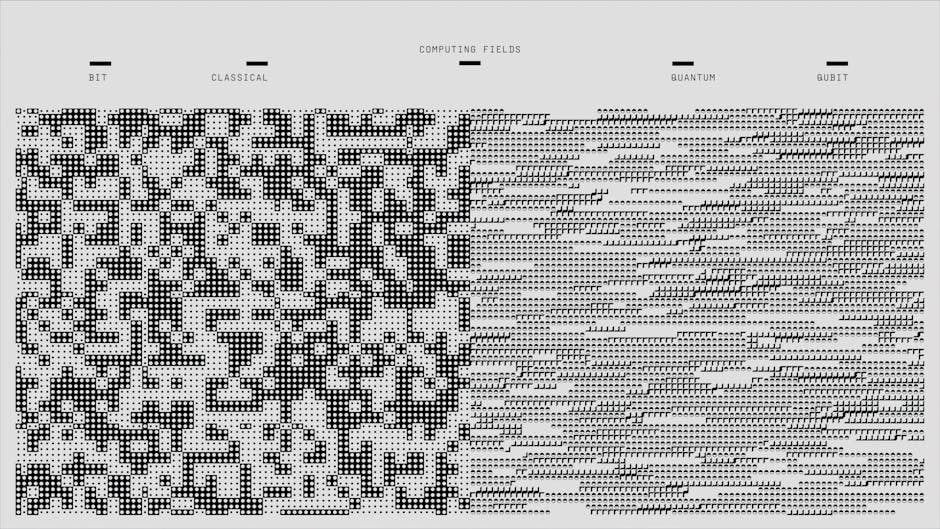Intro: The Bigger Picture of Blockchain
For years, blockchain has been glued to the hip of Bitcoin in the public imagination. But in 2024, that connection is starting to fade. Blockchain isn’t just about crypto gains or volatile tokens anymore—it’s about infrastructure. This is a technology stack powering everything from how we transfer assets to how we prove identity.
At its core, blockchain is about decentralization, transparency, and security. It removes the need for middlemen, spreads control across networks instead of keeping it in corporate silos, and offers records that can’t be quietly edited or erased. That kind of architecture matters in a world where trust is shaky and data breaches are weekly headlines.
Still, public perception hasn’t fully caught up. Plenty of people think it’s all hype or still see it as some exclusive tech club. Meanwhile, behind the scenes, industries are moving: logistics, finance, healthcare, even the music world. The use cases are quieter now, but more grounded—less about grand promises, more about solid backend improvements.
Understanding blockchain today isn’t about chasing a trend. It’s about seeing where digital systems are headed, and making decisions accordingly. Because the next time you sign a contract, vote, or order a prescription refill, there’s a good chance blockchain could be running under the hood.
Smart Contracts
Smart contracts are self-executing pieces of code that live on the blockchain. Think of them like digital vending machines—conditions go in, action comes out. No middlemen, no delays. Once all criteria are met, the contract triggers itself without needing lawyers, brokers, or follow-up emails.
They’re already being put to work. In real estate, smart contracts handle everything from escrow to title transfer. In insurance, they streamline claims: if criteria A and B happen, payout triggers instantly—no adjusters, no forms. Freelancers use them too, locking in payment terms that kick in automatically when work is delivered.
The payoff? Deals move faster. Costs drop. Fewer people are needed to run the system. There’s less room for human error, and the process is crystal clear for all sides. That’s not just efficient—it’s disruptive. And the shift is already in motion.
Blockchain in Business Operations
Enterprises aren’t just dabbling in blockchain anymore—they’re building around it. And while public blockchains get the headlines, it’s the private ones that are quietly reshaping how business gets done. Why? Control. In private blockchains, companies can set the rules, manage access, and limit participants. It’s blockchain with guardrails—ideal for highly regulated industries or internal operations.
Trust and auditability are the big wins here. Every transaction on a private blockchain is traceable, time-stamped, and nearly impossible to tamper with. That means fewer disputes and tighter compliance. In sectors like logistics, healthcare, or finance, that kind of transparency isn’t just nice to have—it’s mandatory.
Big players are already putting it to the test. IBM and Maersk rolled out TradeLens to replace outdated shipping logs with blockchain records. Pfizer and other pharma companies are exploring blockchain for clinical trials—to keep data clean and auditable. Even Walmart has used it to strengthen food safety, tracking produce from farm to shelf in real time. It’s not theory anymore—it’s execution at scale.
The short version: companies want better data, faster decisions, and less friction. Blockchain, when kept private and focused, is delivering on all three.
Integration with Emerging Tech
Blockchain isn’t operating in a vacuum anymore—it’s syncing up with other frontier technologies to solve real problems, especially when it comes to trust and security. When paired with AI, blockchain can act as a digital notary, validating datasets and model outputs. That matters as AI continues taking on sensitive roles in finance, healthcare, and hiring decisions. With blockchain logs, models become more traceable and harder to tamper with.
In the IoT world, the stakes are even higher. Smart devices—fridges, security cams, industrial sensors—are always on, always talking. They’re also vulnerable. Blockchain fortifies this ecosystem by offering decentralized authentication and tamper-proof logs. If a device acts up, it’s easier to trace who did what, and when. That’s critical for industries like manufacturing and logistics, where even a few seconds of downtime matter.
Then there’s AR. As augmented reality platforms scale up for retail, medical training, and design, user data privacy becomes a major concern. Blockchain can help manage digital identities and verify immersive assets (think virtual store layouts or digital twins of real-world spaces) without giving third parties full access to user profiles.
Putting it simply: blockchain isn’t the centerpiece—it’s the backbone. As AI, IoT, and AR evolve, blockchain is making sure that the pipes are clean, the data is verified, and the records are untouchable.
(See more: The Growth of Augmented Reality in Business)
Barriers to Watch
Blockchain may be evolving fast, but it’s still bumping into some hard limits.
First up: scalability and energy use. Legacy chains like Bitcoin and Ethereum chew through resources at a brutal rate. Ethereum’s move to proof-of-stake helped, but scaling remains a hurdle. Layer-2 solutions, sidechains, and new consensus mechanisms are being tested, but none are perfect. If blockchain wants mass adoption, it needs to get leaner—and faster.
Then there’s the regulatory fog. Between shifting government policies and unclear global standards, businesses are walking a legal tightrope. Some countries are embracing blockchain; others are banning parts of it outright. Compliance becomes a guessing game, which stalls innovation. Until there’s clearer guidance, many firms stay hesitant.
Finally, the user side. Blockchain still feels like nerd terrain for most people. Wallets, transaction fees, seed phrases—it’s not intuitive. The tech needs to disappear into the background if it ever wants to go mainstream. Better UX, simpler onboarding, and product design that hides complexity are critical next steps.
Bottom line: the tech is ready for more, but the path isn’t fully cleared. The next phase isn’t just about innovation—it’s about infrastructure and trust.
Final Take
Blockchain’s noisy buzz is starting to settle—and what’s left behind is worth watching. Forget the moonshot coins and headline-grabbing speculation. The real story is how blockchain is quietly becoming infrastructure. Companies aren’t shouting about it—they’re embedding it.
The appeal? Trust without a middleman. Transactions that audit themselves. Systems that don’t buckle under pressure. Whether it’s authentication for luxury goods or tamper-proof health records, this tech is showing up where it makes things faster, safer, or more reliable. And it’s doing so in ways that don’t always make a splash.
The shift now is practical. Less hype, more function. Creators, technologists, and startups who pay attention to these subtler moves—especially in sectors like logistics, identity, and compliance—will stay a step ahead.
Adaptability matters. The transformation won’t be flashy. But it’s happening.


 Ezarynna Flintfield is the co-founder of wbsoftwarement where she leads the platform’s mission to explore the future of software innovation. With expertise in digital strategy, AI, and cybersecurity, Ezarynna shares deep insights on how technology continues to transform businesses and everyday life. Her forward-thinking approach inspires both professionals and learners in the tech community.
Ezarynna Flintfield is the co-founder of wbsoftwarement where she leads the platform’s mission to explore the future of software innovation. With expertise in digital strategy, AI, and cybersecurity, Ezarynna shares deep insights on how technology continues to transform businesses and everyday life. Her forward-thinking approach inspires both professionals and learners in the tech community.

